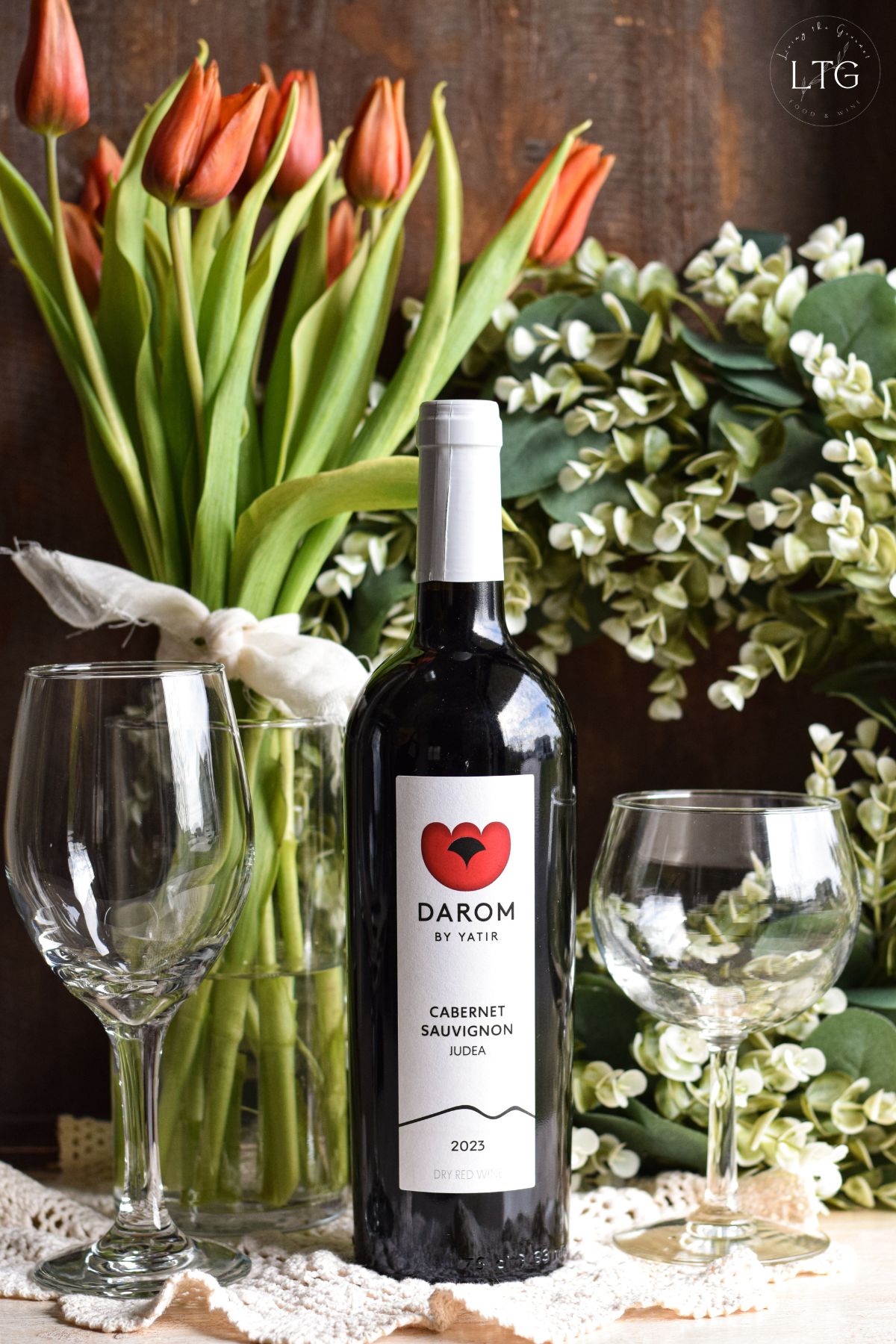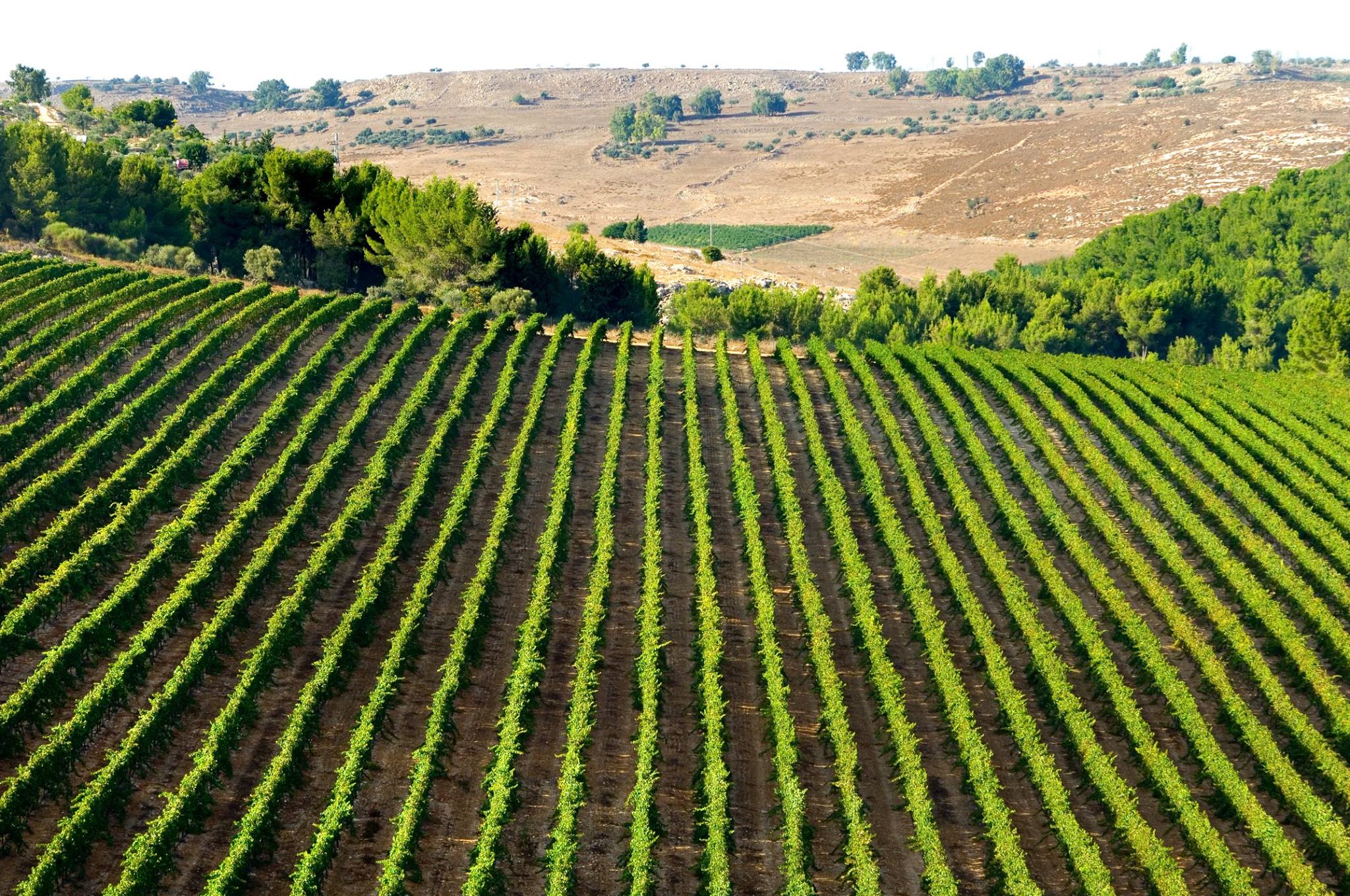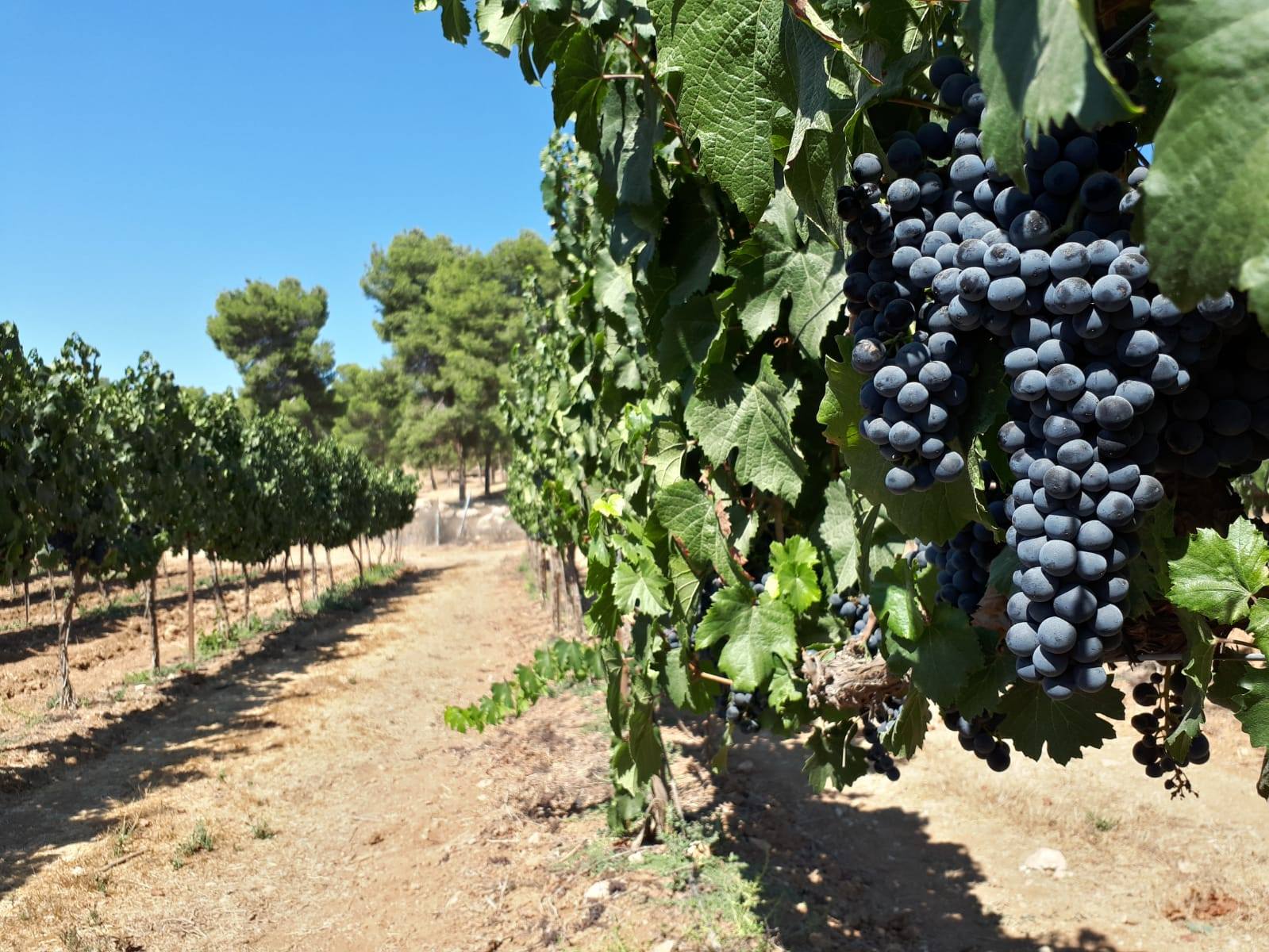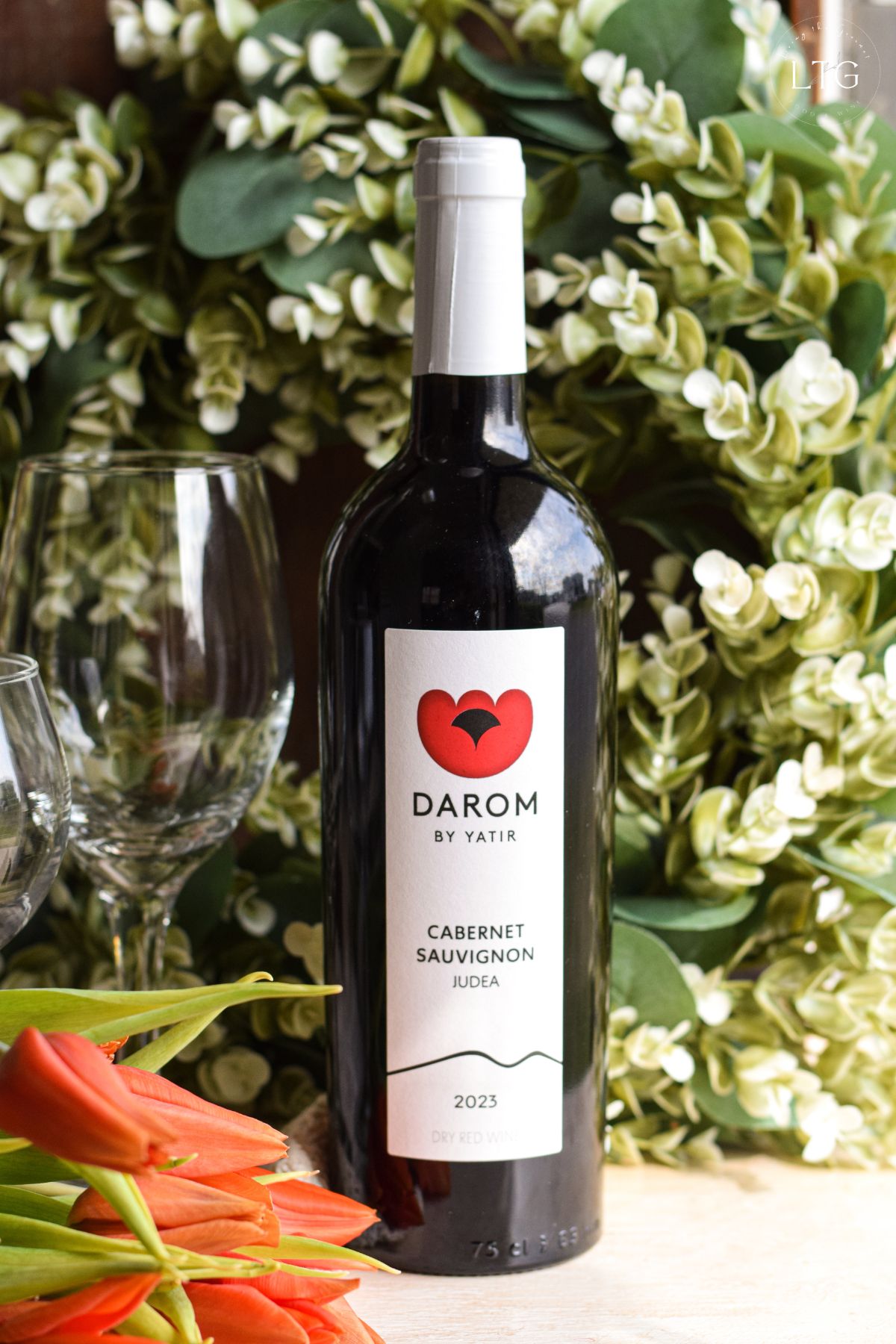This post has been sponsored by Yatir Winery. All opinions expressed are my own. The following message is intended for those 21+.
Today we’re featuring a 2023 Cabernet Sauvignon, courtesy of the Yatir Winery.
First up, we’ll be talking a little about viticulture in the Judean Hills region before moving on to sampling the wine itself. After that, I’ll be ending off with some pairing suggestions to help heighten your enjoyment of this wine.
Now, without further delay, let’s get tasting.

The Where – Judean Hills, Israel
Are the Hills of Judea, in fact, hills, or are they mountains? That depends on who you ask, but when it comes to wine, all we really care about is the elevation itself. The Judean Hills (or mountains!) are located within the Samson Region of Central Israel, encompassing the area around Jerusalem and the West Bank. Bethlehem, Ramallah, and Hebron all lie within these famed Hills.
For the scripturally astute, yes, this is the area once dubbed the Kingdom of Judah.
As the name implies, the terroir of the Judean Mountains is defined by its (uneven) elevation. How so? For starters, it is the elevation that allows the area to undertake viticulture – at all – since the areas at or below sea level are almost entirely too hot and too dry to grow vines. In fact, much of the valleys below the hills are classed either as desert or semi-desert in nature, and it doesn’t take an expert to know that the desert isn’t the best place for growing grapes.

Yet, it isn’t all about the elevation of Judea’s mountainous hills. The region’s continental macroclimate means hot days and chilly nights. The diurnal temperature variation is further exaggerated by the uneven elevation, which also means increased rainfall for the vineyards planted on the hills. All of this combines to grace the area’s wines with balanced sugars, crisp acidity, and characteristic freshness.
In terms of the terrain itself, the area features shallow soils with abundant stone content, allowing for excellent drainage. Soil composition is generally tuff and terra rossa red clays, with copious limestone. Varietals that do well here are Cabernet Sauvignon, which comprises the plurality of yields. Chardonnay and Merlot have also been planted with success. The area’s Bordeaux-style Red Blends have been met with critical acclaim.

The Review – Tasting and Aromatics
The Darom Cabernet Sauvignon introduces itself with a bouquet of dried, earthy spices and dark fruits, especially cherry and cassis. Deeper into the glass, there are hints of something peppery, adding a nice touch of complexity to the bouquet. On the palate, the wine is full-bodied and very fruit-forward, especially the cherry from the bouquet. A simple, approachable Cabernet Sauvignon. Very enjoyable.

What to Eat – The Pairings
In general, I would say most of the by-the-book Cabernet pairings apply here. Something like a braised rib stew set over pasta would pair beautifully. You might also consider something like a prime rib prepared with a curry and cayenne-based rub with garlic, coriander, and cumin, which would also pair deliciously. A roasted rack of lamb crusted with plenty of herbs and garlic would also pair deliciously. Beyond meat, think hardy red sauces over pasta, or meaty fish such as grilled shark, or baked eggplant parmigiana. Think heavy, think rich, think substantial.
And that’s our review. If you enjoyed today’s wine or tried any of the pairings, be sure to let us know in the comments below. We always love hearing from you.
Cheers!
0
Leave a Comment